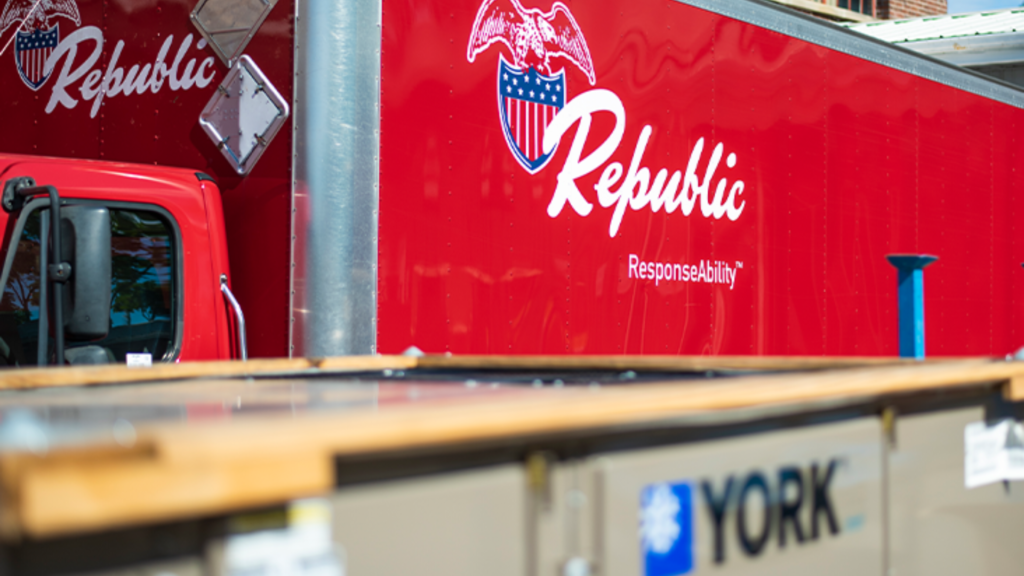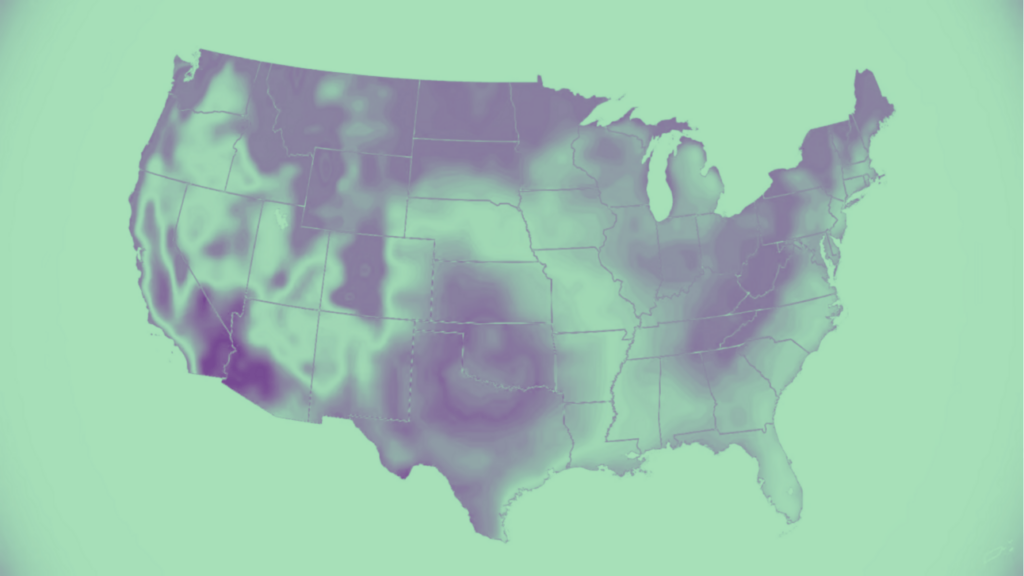The smart approach to maintenance agreements with SmartAC.com CEO Josh Teekell
Notes on proactive equipment monitoring, smart maintenance, and technology's future in HVAC

Image: Josh Teekell, SmartAC(.)com
❝
It’s best to use your advertising dollars to get into the house and then use other forms of technology to stay top of mind for that customer.
Josh Teekell is the Founder and CEO of SmartAC.com, the startup that enables contractors to proactively monitor customer equipment, increase membership conversion rates, and eliminate no-fee truck rolls.
We talked about the “why” behind SmartAC.com, Smart Maintenance agreements, technology’s future in HVAC, and more. Our conversation’s been lightly edited for brevity and clarity.
How’d you end up working on SmartAC.com?
I have an engineering background, and I started my first company after college — in the home improvement space, selling backyard makeovers. I had success in that industry and stepped out of the business seven or eight years ago to get into technology.
[I] had an opportunity to get into tech in the air conditioning space, and jumped at it. Originally, I worked on an energy-savings product, and it became evident that the few data capabilities we had in that product were what the market wanted. We did a lot more research, rebranded to SmartAC.com, and built out the platform to allow contractors to sell Smart Maintenance agreements.
What, specifically, did you see as the opportunity?
Our entire platform is built around helping people sell more maintenance agreements, then keep customers stickier for longer, and convert on the big ticket item when the opportunity presents itself. One of the main drivers was the overall economics of how much it costs to acquire and retain a membership. We did a deep dive on how much [contractors’] truck rolls cost, and what their closing rates and churn rates were.
Many times, how many customers you can have under management is directly proportional to how many people in trucks you have. So the early math of knowing you can “maintain” [an agreement] for $120 a year if you weren’t going to the house versus, call it, $350 to $400 if you were going to the house once a year… that was the driving factor. We just really believed that the lower the ticket is for a membership, the more you’ll sell.
How does SmartAC.com actually work?
You call me up because your system’s broken and I explain that, on a going-forward basis, we can put you on one of our connected membership programs so that we can head issues off before you lose comfort. About 95% of what can go wrong with your system, we can predict before you lose comfort — we can give you that peace of mind.
You’d have a 10-minute installation of three sensors and a hub, and from that point, all the data from the equipment is flowing to the contractors’ dashboard, and the homeowner has everything at their fingertips on a contractor-branded app.
Traditionally, I’ll be saying, “Hey, we have a connected membership agreement where we come out once a year and do all the physical things we need to do, but then we’re monitoring your system 365 days a year to catch small issues before they become costly repairs.”
So how does that tie in to the problems you’re solving for contractors?
Generally, you go to the house twice a year to see how the system’s operating and a certain component of that is that you’re blind until you show up to the house. So there are some benefits in lowering the costs of having unnecessary truck rolls — we don’t think it should go from two to zero, but we don’t think it should be more than one.
On the other side, if you don’t get [homeowners] on a plan, then you’re gonna have to pay for them again later. If you’re not tied to them long-term, you’re hoping a few years later that they remember your name. It’s best to use your advertising dollars to get into the house and then use other forms of technology to stay top of mind for that customer — you want them to know, “I have a guy.”
❝
Hey, Ms. Jones, we noticed that your system’s performance is down 42% today compared to the last three weeks… We’ve seen in our data that ~62% of customers who have this data trend break down in the next 72 hours.
Do you think this kind of technology addresses the labor problem?
It definitely plays into it on memberships. Some of our partners have 10,000 agreements, so that’s 20,000 non-demand calls a year going out to a house to see how it’s going and maintain the system. We do virtual visits where you can record a few-minute video and send it to the homeowner in between when you’re there in person. There are ways to, in five minutes, give a similar value to the homeowner than you would have in an hour, without any trucks.
How else can technology benefit the industry in the future?
Our vision is that people utilize our platform to gain a relationship with a homeowner, and we want the technology to help them nurture that relationship. So, “Hey, Ms. Jones, we noticed that your system’s performance is down 42% today compared to the last three weeks. This might be something you want to take care of. We’ve seen in our data that ~62% of customers who have this data trend break down in the next 72 hours.”
If you have a magic mirror that said, “Of your 10,000 maintenance agreements, these are the 280 that are most likely to leave you in the next 90 days,” you could use that data. So I think it’s using models to be predictive on the customer acquisition and retention side. Our goal is to help contractors walk into a home for the first time and then never have to worry about losing that customer to someone else ever again.
Thoughts on where the industry’s heading over the next 5-10 years?
There are a lot of opportunities for technology to disrupt a lot of things. I think most industries end up going to low-cost and high convenience with technology. That’s not a common belief in the HVAC industry, but it’s happened in every other industry. You’re seeing a lot of eCommerce and different players pop up in the space.
The average homeowner spends $1,400 a year on Amazon, fairly similar to what someone spends on HVAC, so I think the juice would be worth the squeeze for a big player to get into it in a big way. I think everyone thinks that’s gonna happen at some point. Some people think it’s within the next 4 years, and some think 15 years, but when that happens, it’ll change the whole industry forever. The thing that will drive the changes over the next ten years is the homeowner experience.
Is there anything that you think will stop those changes from happening?
Not having a tech giant decide they’re gonna change it all overnight. The second one of them decides they want to give it a go, they’ll grab, maybe, 10% market share in the first six months. If you look at Uber, that didn’t take long; the way the industry works is remarkably similar. The margins are such in HVAC where there’d be an opportunity to undercut.
And that happens all the time — there are companies online selling hundreds of millions of dollars of systems direct-to-consumers right now. It’s just the experience is really bad. If someone comes along and offers substantial savings and a great experience, you don’t have to look any further than a company like Amazon to see how loyal customers become when they’re offered both of those at once.
📬 Get our stories in your inbox
Keep reading
Is “Uber for HVAC” possible?
Is there room for an on-demand, Uber-like platform in HVAC?
Merger forms major Midwest HVAC distributor
Two distributors last week announced a merger, forming the Midwest's largest independent wholesaler of Johnson Controls equipment
U.S. cooling demand holds steady in August
The U.S. notched 314 CDDs in August, down 0.6% from August 2023


